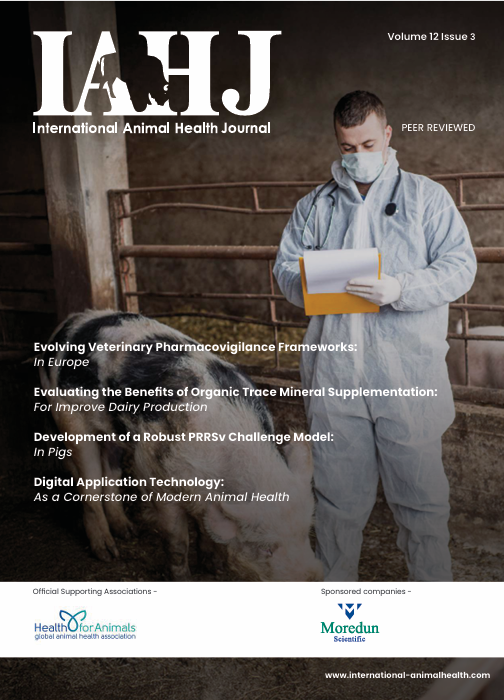Despite advancements in genetics and management practices, today’s dairy producers still face problems related to poor reproductive performance and various health issues that can lead to increased costs and loss of revenue. Mastitis, for example, is one of the main health challenges facing the dairy industry.
However, the biggest economic impact is not due to treatment costs but to loss of production (milk yield) and high cull rates. On average, studies showed that mastitis can cost the producer as much as $250 per case (Enting, 2014). Other studies showed that milk yield loss increased as the number of test days with somatic cell counts (SCC) exceeding 100,000 cells/ml increased, with daily losses ranging from $1.20/cow per day to $2.06/cow per day (Hadrich et al., 2018).
How can producers overcome these reproductive and health challenges?
The Nutritional Importance of Trace Minerals
At face value, trace mineral nutrition is a small part of the complete nutritional program, since these minerals are only required in very small amounts. However, even at minute quantities, these trace minerals, especially copper, manganese, zinc and selenium are a core component of the diet, as they are needed daily and are essential for optimum health and performance in dairy cows.













